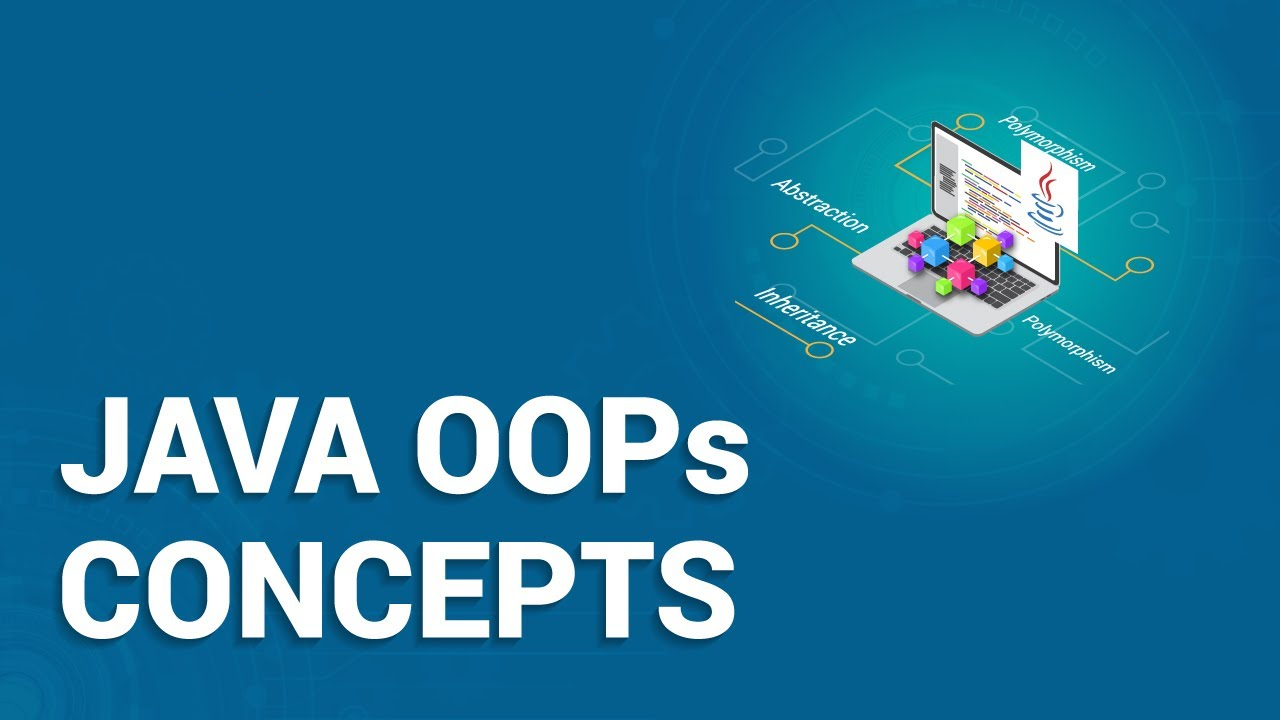Java is a classified object-oriented programming (OOP) language built about the idea of objects. OOP concepts (OOP) mean to perk up code readability and reusability by important how to organize a Java program proficiently.
Java comes with detailed code organizations for every OOP principle. Enroll in Java training in Noida for better career prospects.
What are OOP concepts in Java?
OOP concepts agree to generate explicit interactions stuck between Java objects. Java constructed its potential to recycle code with no creating refuge risks or creation a Java program less clear.
Here are the four main codes in more features for Object-Oriented Programming – Java OOPs concepts.

Abstraction
Abstraction aspires to conceal difficulty from the customers and demonstrate to them only the applicable information. For instance, if you fancy driving a car, you do not want to identify its inside workings. The equivalent is true of Java classes. You can conceal internal completion details by abstract classes or borders. On the abstract height, you only need to describe the technique signatures (name and parameter list) and let every class apply them in their own method
Abstraction in Java
- Partial abstraction (0-100%) can be attained with abstract classes
- Total abstraction (100%) can be got with interfaces
- Assists avoid recurring code
- Presents only the signature of interior functionality
- Hides the fundamental difficulty of data
- Gives suppleness to programmers to alter the implementation of the abstract behavior
Encapsulation

Encapsulation permits us to defend the data amassed in a class from system-extensive admission. As its first name proposes, it preserves the inner contents of a group like a real-existence capsule. Obtain the newest information in Java course in Noida. You can put into practice encapsulation in Java by custody the meadows (class variables) confidential and delivering public getter and setter techniques to every one of them. Java Beans are instances of completely encapsulated classes.
Encapsulation in Java
- Restricts the shortest admission to data affiliates (fields) of a class
- Fields are set to personal
- Each field has a getter and setter technique
- Getter ways return the field
- Setter techniques let us modify the worth of the field
Polymorphism

Polymorphism refers to the aptitude to do a sure action in dissimilar ways. In Java, polymorphism can take two shapes: process congestion and way intervening. System congestion comes about when a variety of techniques with the equivalent name are nearby in a class. This is one of the important Object-Oriented Programming – Java OOPs concepts. When they are recognized the number, arrange, and kinds of their parameters distinguish them. way overriding happens when the child group of students overrides a technique of its parent.
Polymorphism in Java
- The equal process name is utilized numerous times
- Dissimilar techniques of a similar name can be called from the entity
- Entire Java objects can be believed polymorphic (at the smallest amount, they are of their possess sort and instances of the Object class)
- An example of still polymorphism in Java is technique overloading
- an instance of dynamic polymorphism in Java is technique overriding
Inheritance

Inheritance makes it likely to generate a child group that comes into the fields and process of the parent class. The young person class can take priority over the costs and systems of the parent division, however, it’s not obligatory. It can also add new information and functionality to its close relative. Parent classes are also recognized superclasses or base classes, while teenage classes are branded as sub-classes or draw formed classes as well. Java utilizes extending keyword to put into practice the principle of legacy in code.
Legacy in Java
- A group (child class) can make longer another group (parent class) by inheriting its marks
- executes the DRY (Don’t Repeat Yourself) programming code
- get better code reusability
- Multilevel legacy is permitted in Java (a child class can have its possess child class as well)
- manifold inheritances are not tolerated in Java (a class can’t expand over one class)
Association
Next to the four major codes of OOP, Java also employments with three additional notions (association, aggregation, work) you can make utilize of when conniving your programs. Aggregation is an individual form of involvement, while the composition is an unusual form of aggregation.
Association just denotes the act of presenting a relationship between two unrelated classes. For instance, when you state two fields of unlike types (e.g. Car and Bicycle) inside the equal class and build them cooperate with each other, you have executed association.
Association in Java
- Two disconnect classes are correlated through their objects
- The two groups are unwarranted, each can live without the other one
- Can be a conversation, one-to-many, many-to-one, or many-to-many association
Aggregation
Aggregation is a slimmer kind of friendship. It happens when there is a one-way (HAS-A) connection between the two classes you correlate with during their objects. For instance, each Passenger has a Car other than a Car does not unavoidably have a Passenger. When you state the Passenger class, you can make a field of the Car kind that demonstrates which car the traveler belongs to Object-Oriented Programming – Java OOPs concepts. Then, when you instantiate a new Passenger entity, you can admission the data amassed in the narrated Car as well.
Aggregation in Java
- One-directional organization
- symbolizes a HAS-A affiliation flanked by two classes
- Only one class is needy on the other
Register today to Java institute in Noida now!

